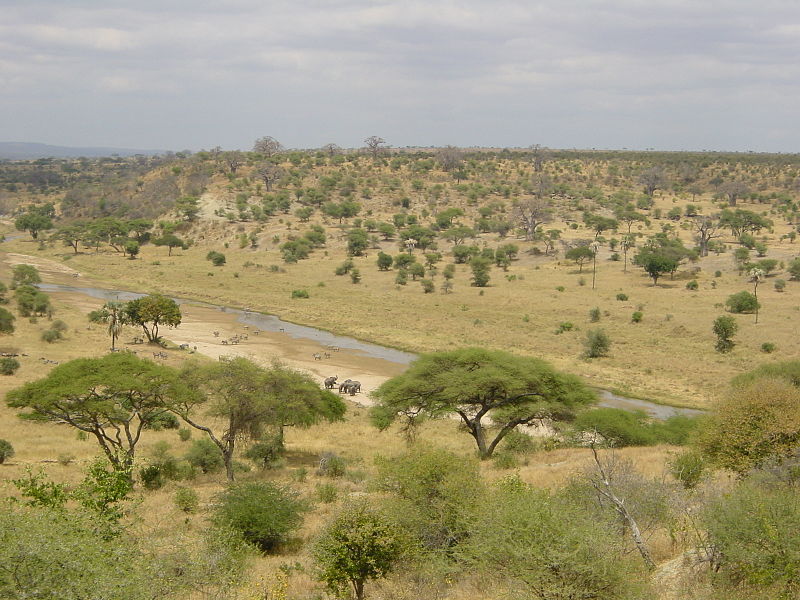Tanzania is a country in Eastern Africa. Its unspoiled national parks rival any in the world. On Tanzania's Serengeti plain, white-bearded wildebeest and other mammals participate in a large-scale annual migration. This itinerary includes Tarangire National Park, Serengeti National Park, Ngorongoro Conservation Area.
Arusha, Mto Wa Mbu
Arusha is a city in northern Tanzania and the capital of the Arusha Region. Located below Mount Meru, the city is close to the Serengeti National Park, the Ngorongoro Conservation Area, Lake Manyara National Park, Olduvai Gorge, Tarangire National Park, Mount Kilimanjaro, and Arusha National Park on Mount Meru. Many travelers stay in Arusha due to its proximity to the major tourist destinations.
Karatu, Seronera
The Maasai are a Nilotic ethnic group inhabiting southern Kenya and northern Tanzania. They are among the best known local populations due to their residence near the many game parks of the African Great Lakes, and their distinctive customs and dress. Many Maasai tribes throughout Tanzania and Kenya welcome visits to their villages to experience their culture, traditions, and lifestyle.
Serengeti, Ngorongoro
The Serengeti National Park is famous for its annual migration of over 1.5 million white-bearded (or brindled) wildebeest and 250,000 zebra and for its numerous Nile crocodile and honey badger. The Maasai people had been grazing their livestock in the open plains of eastern Mara Region, which they named "endless plains", for around 200 years when the first European explorer, Austrian Oscar Baumann, visited the area in 1892. The name "Serengeti" is an approximation of the word used by the Maasai to describe the area, siringet, which means "the place where the land runs on forever". It has been designated as a UNESCO World Heritage Site since 1981.
The Ngorongoro Conservation Area (NCA) is a protected area and a World Heritage Site located 180 km (110 mi) west of Arusha in the Crater Highlands area of Tanzania. The area is named after Ngorongoro Crater, a large volcanic caldera within the area. The area is a UNESCO World Heritage Site since 1979.
Ngorongoro
The main feature of the Ngorongoro Conservation Authority is the Ngorongoro Crater, the world's largest inactive, intact and unfilled volcanic caldera. The crater, which formed when a large volcano exploded and collapsed on itself two to three million years ago, is 610 metres (2,000 feet) deep and its floor covers 260 square kilometres (100 square miles).
























